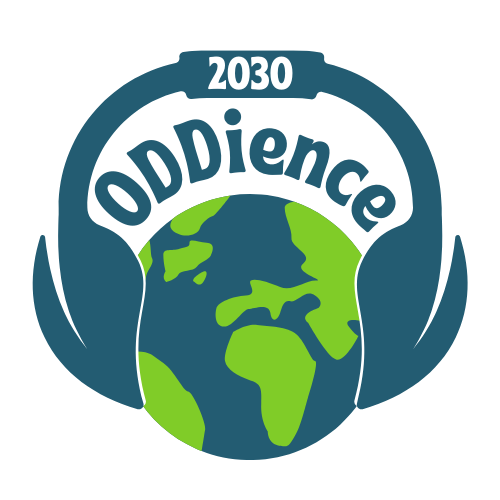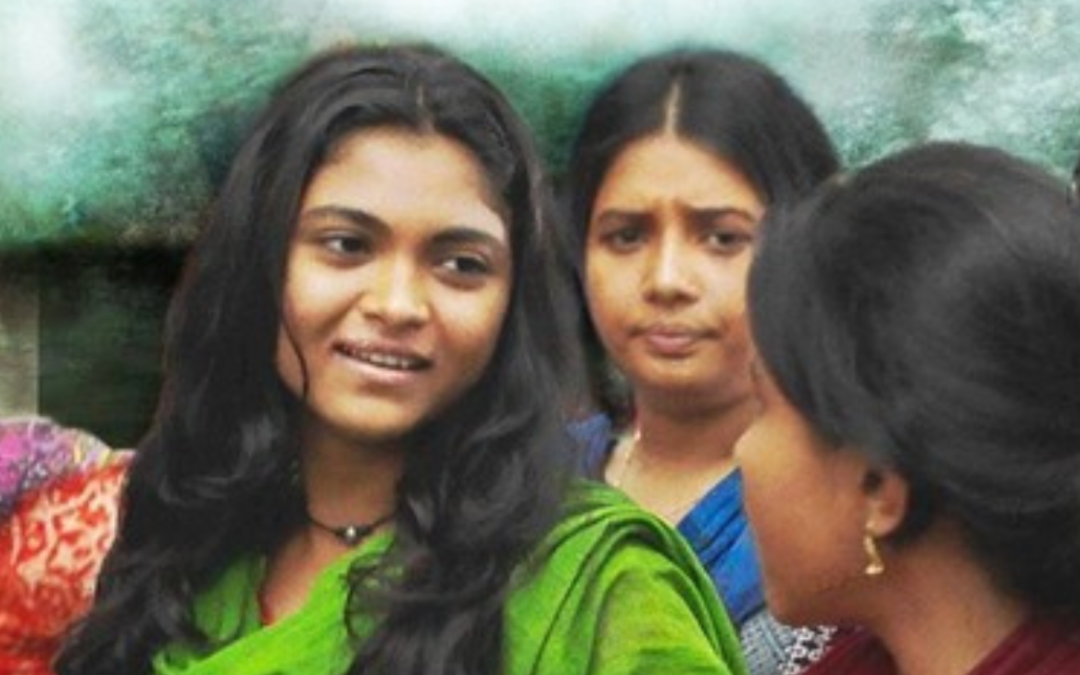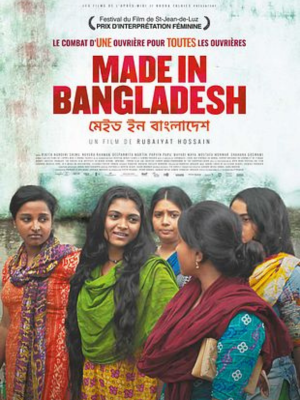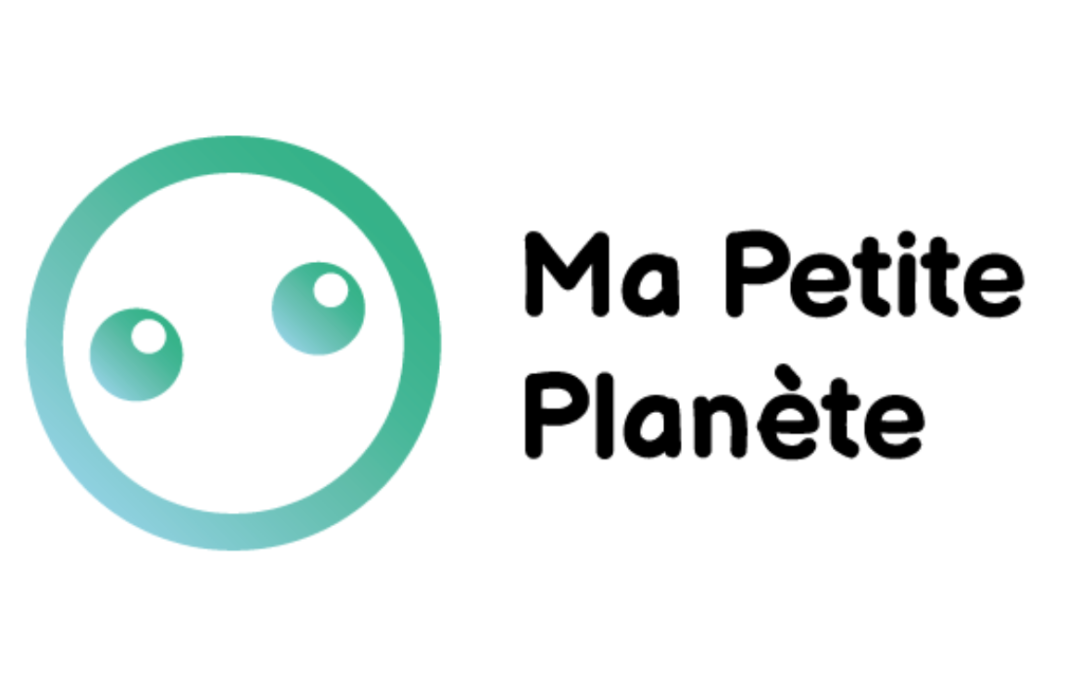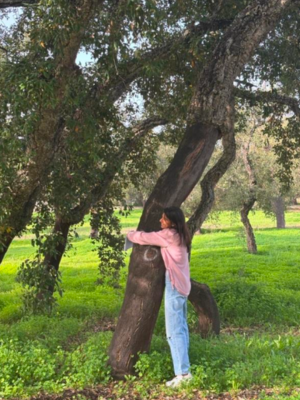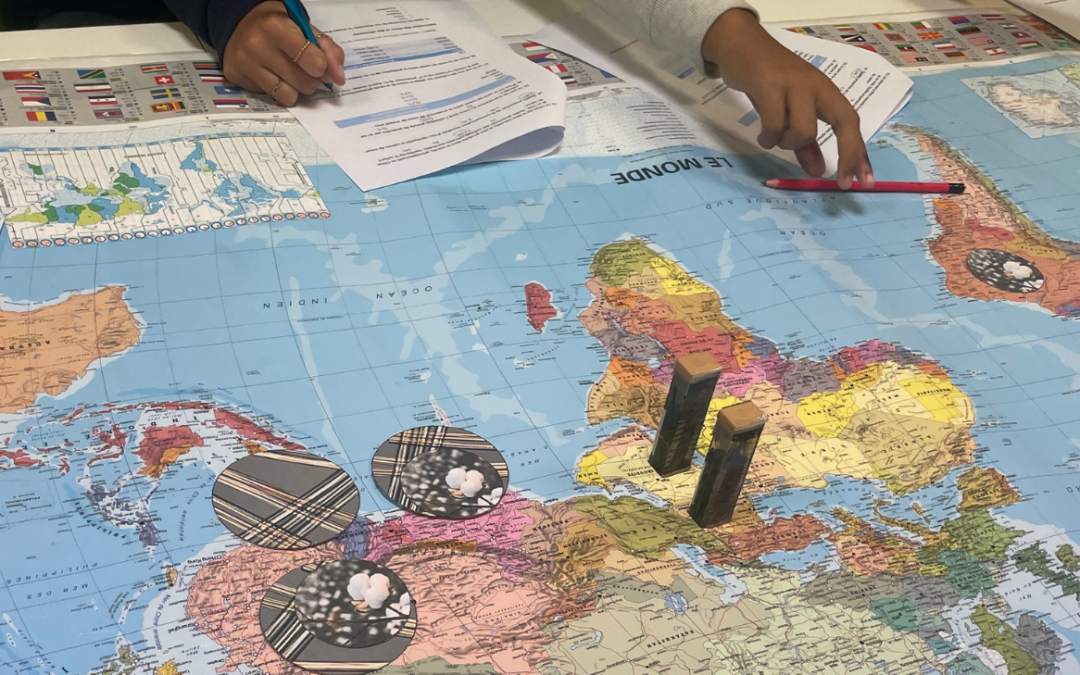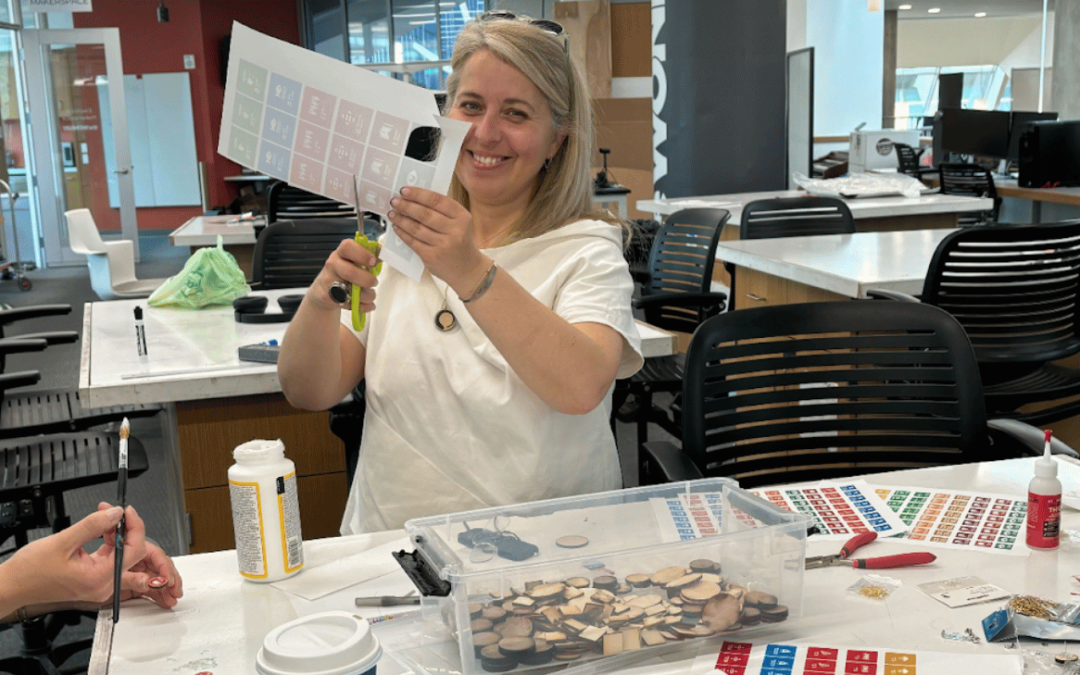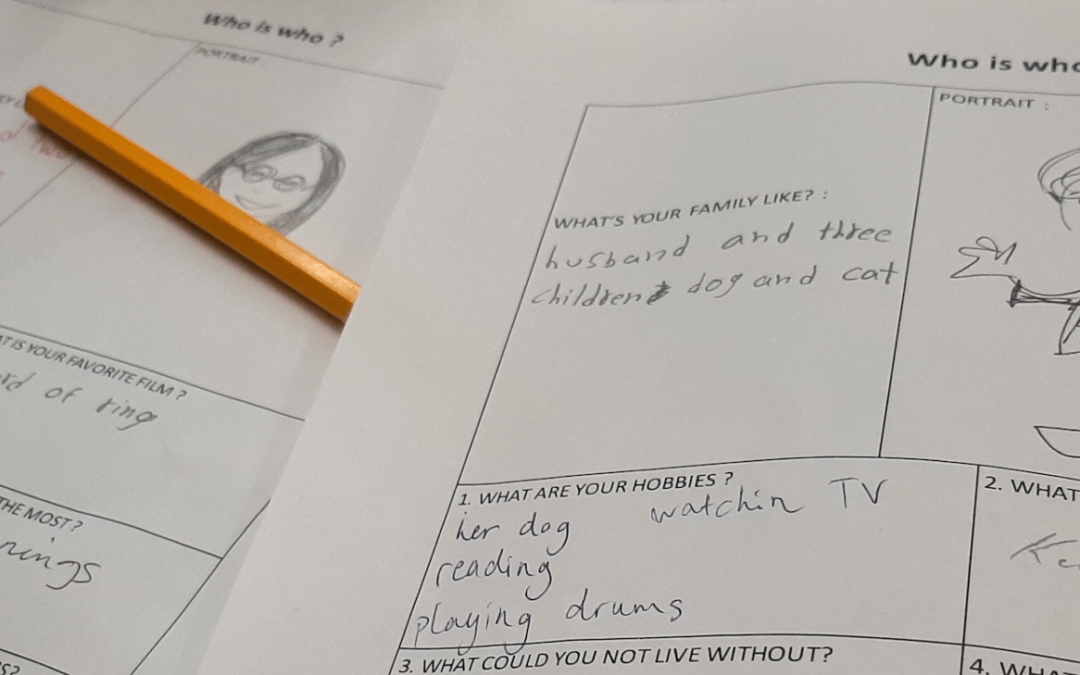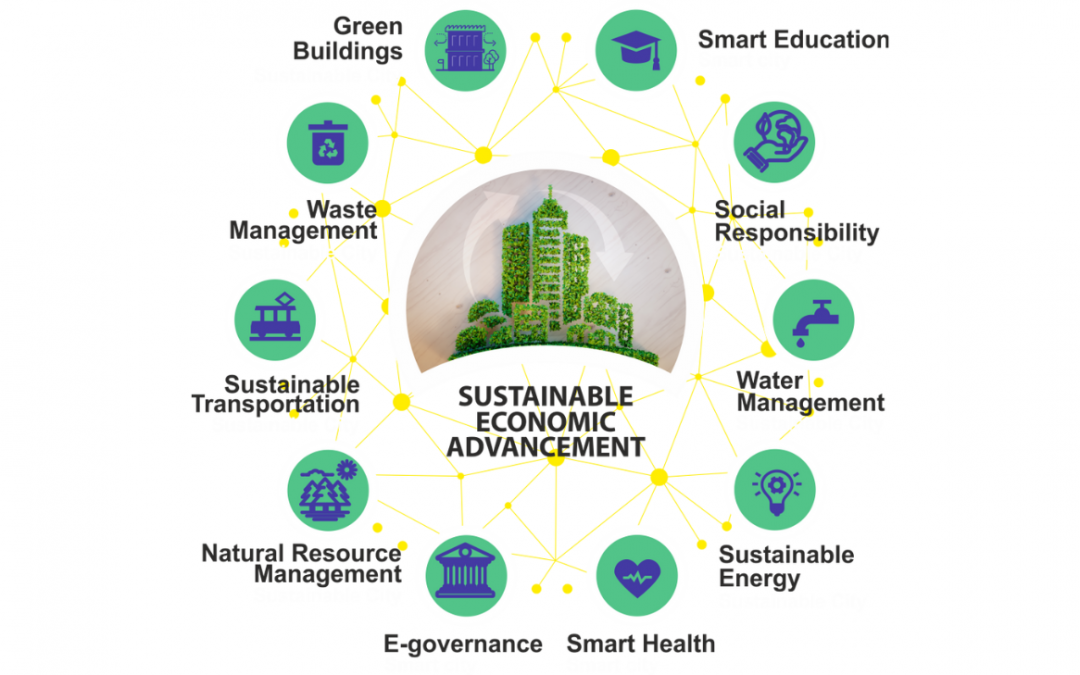
Exploring innovations for a sustainable and smart city
By Dr Beena Nayaken, The Universal School Ghatkopar
Exploring innovations for a sustainable and smart city
Creative solutions
Our school students are taking an exciting step toward shaping the future by exploring innovations that can make our city more sustainable and smarter. As cities face challenges like pollution, traffic congestion, and resource depletion, young minds are actively brainstorming creative solutions to address these issues.
Optimize city services
Through research, discussions, and hands-on projects, students are investigating how technology and sustainable practices can improve urban living. Some of their ideas include harnessing renewable energy sources, implementing smart traffic systems, and promoting waste management solutions like recycling and composting.
They are also exploring ways to integrate green spaces, encourage eco-friendly transportation, and utilize artificial intelligence to optimize city services.
Field visits to local smart city projects and guest lectures from experts have provided students with real-world insights into urban sustainability. Additionally, they are using digital tools to design models and prototypes that demonstrate their vision for a greener, more efficient city.
Becoming active participants
By fostering innovation and critical thinking, our students are not only learning about sustainability but also becoming active participants in building a smarter future. Their passion and creativity are a testament to the power of youth in driving meaningful change for their communities.


